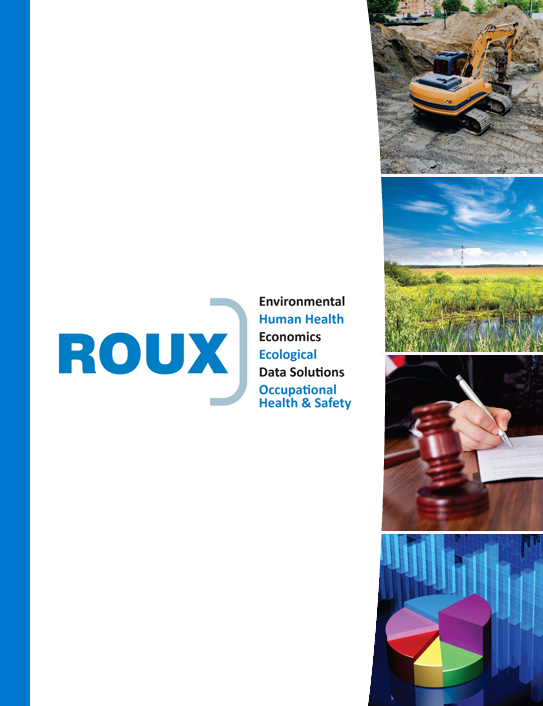New TSCA PFAS Rule: Expansive, Expensive, Extended, No Exceptions
Last Thursday, September 28, 2023, the United States Environmental Protection Agency (EPA) finalized a new rule under the Toxic Substances Control Act (TSCA) that requires one-time reporting of the manufacture or import of any per- and polyfluoroalkyl substances (PFAS) since 2011, including products (called “articles” in the rule) containing PFAS. The EPA’s goal is to “better understand who is using PFAS, how they are being used, and in what quantities” and “produce actionable data that can be used by EPA, as well as state, local, and Tribal governments to craft policies and laws that protect people from dangerous ‘forever chemicals.'”
Noteworthy elements of the final rule include:
- Expansive: The final rule regulates PFAS as a class of compounds. According to the new rule, PFAS include compounds that meet any of three structural chemical definitions (e.g., R-(CF2)-CF(R’)R”). As per the EPA, this encompasses at least 1,462 individual compounds, which is a much broader definition than the handful of PFAS compounds that are currently regulated by state and federal drinking water or remediation standards.
- Expensive: The EPA estimated in their Economic Analysis that over 131,000 firms will be impacted. The EPA also estimates that rule compliance will require a total of approximately 6 million hours from industry with a total compliance cost of over $800 million. Information about PFAS “known to or reasonably ascertainable by” the submitter needs to be compiled, which will require an extensive due diligence effort because of the extended back-dating of the reporting timeframe.
- Extended: The reporting requirements are back-dated over a decade. Any manufacturer or importer of PFAS since January 1, 2011 will be required to report various data, including uses, volumes, and disposal of PFAS chemicals or products containing PFAS. Reporting forms will be due to the EPA 18 months following the effective date of the new rule, with an additional 6 months available for small article importers.
- No Exceptions: Most manufacturers and importers of PFAS will have a reporting obligation. There are no exceptions in the rule for reporting of PFAS byproducts, PFAS impurities in a product or article, or de minimis volumes of PFAS.
The implications of this rule are broad. Clearly, manufacturers and importers of a wide range of PFAS and PFAS-containing items will have new and expensive reporting obligations. But the new rule will create ripples in many other sectors. For example, real estate transactions will soon have new information available to identify nearby PFAS manufacturing or importing that may pose potential environmental threats to the property being sold. Municipalities will be able to understand new PFAS uses in areas that provide water for drinking water. Insurers will have more data to evaluate the subrogation potential of PFAS-related insurance claims. Attorneys will be able to identify new potentially responsible parties worthy of investigation for environmental PFAS contamination or potential human exposure pathways to PFAS-containing articles.
The final rule will go into effect 30 days after it is published in the Federal Register. Information on the final rule, including the pre-publication text of the final rule, can be found here.
Do you have questions about how the new TSCA PFAS Final Rule might affect you? Use the link below to have a Roux PFAS expert contact you.

